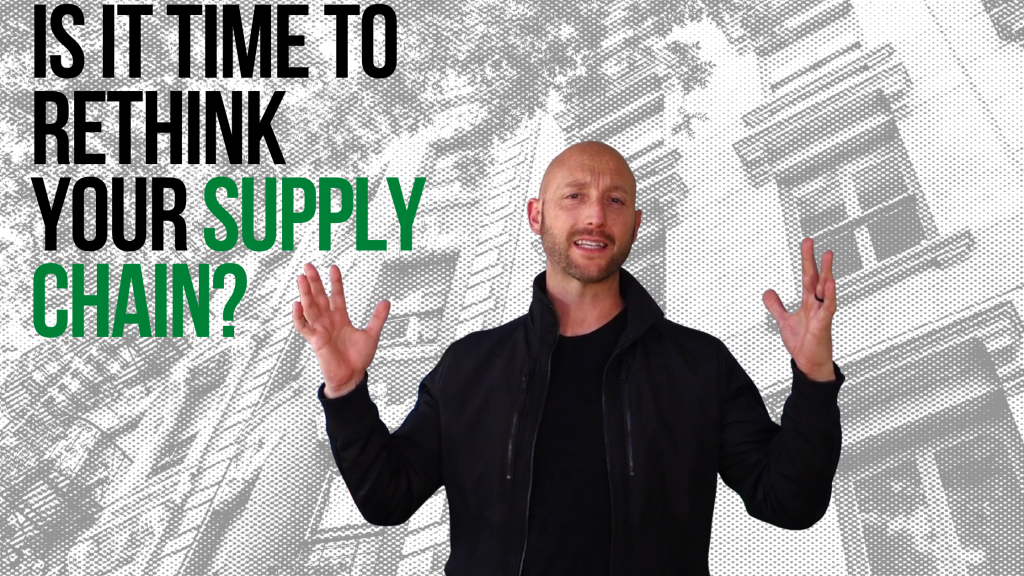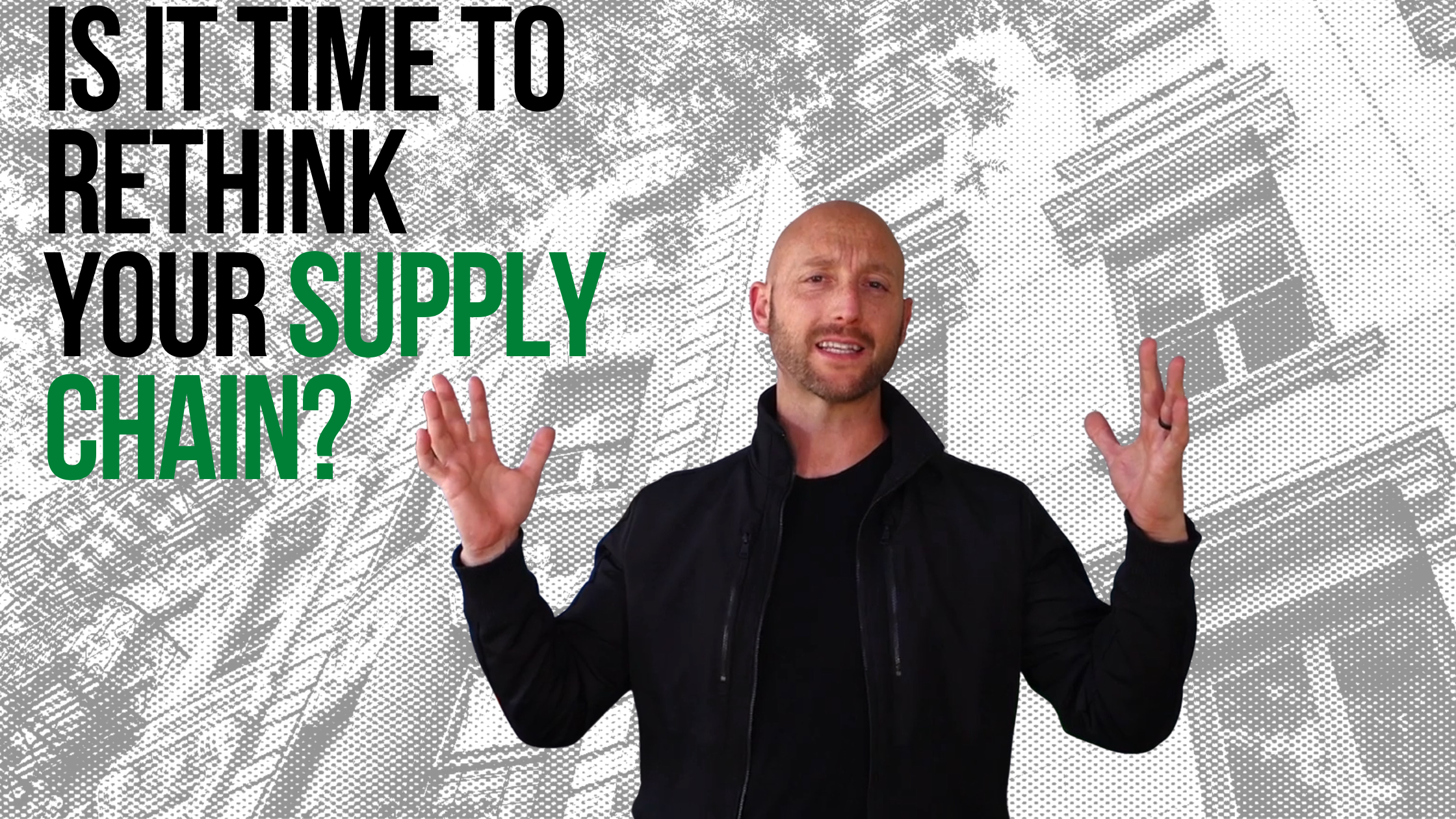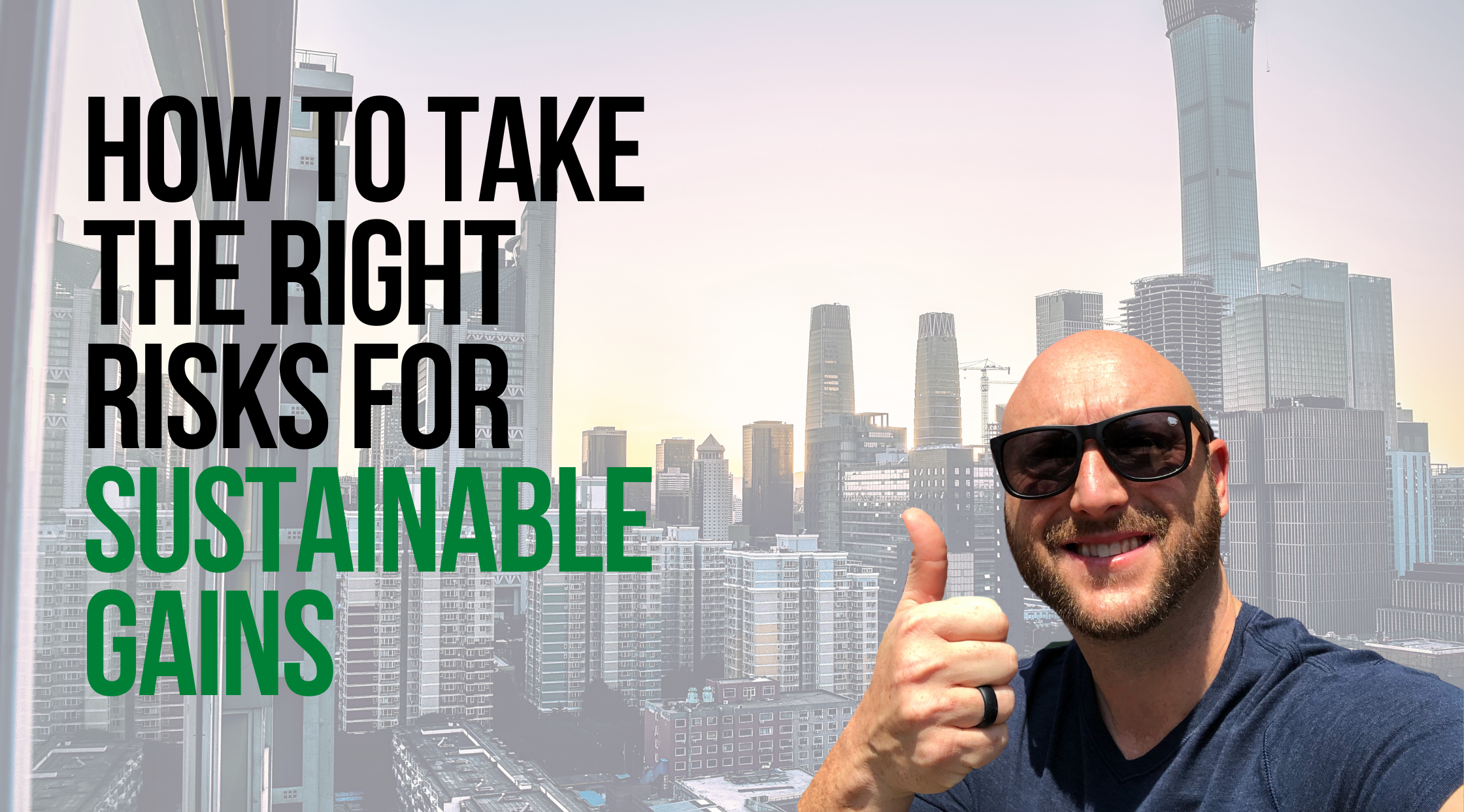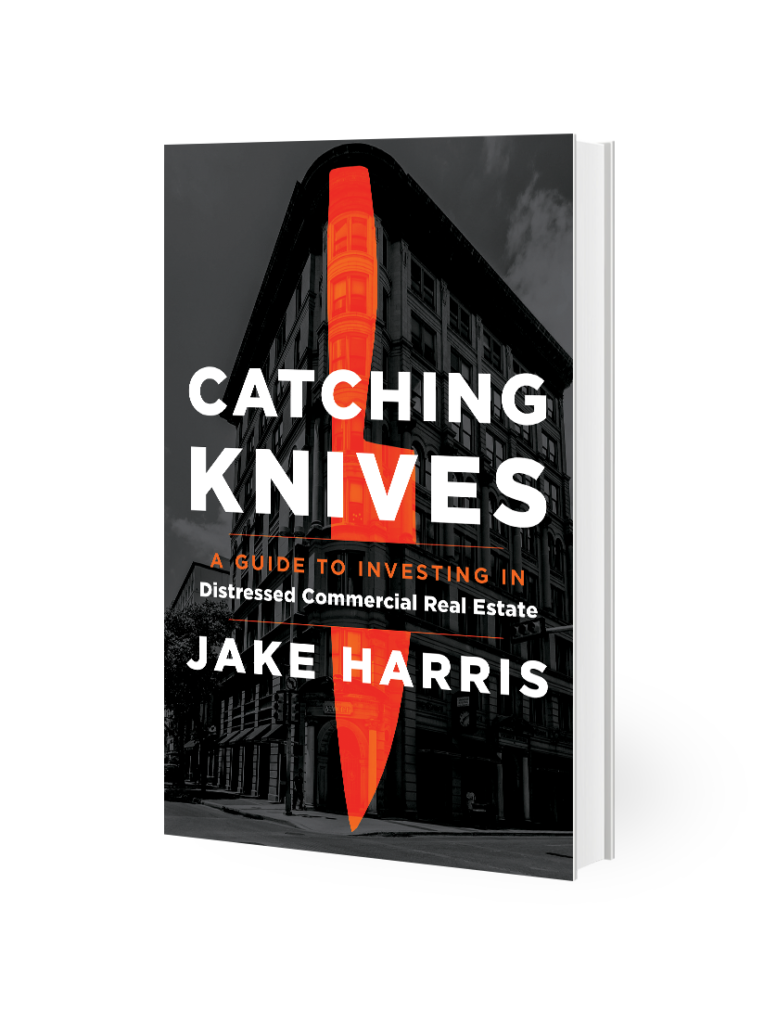One of the best and most under-appreciated ways to decrease your risk in investments is to look at your supply chain.
Whether you are flipping a house, an apartment complex, or an office building, examining the risk in your supply chains can save you time and money in the long run. And if the pandemic taught us anything, it is that doing your due diligence to increase risk and disruption in your investments is worth it.
Here are four questions to ask yourself to help limit risk when buying products from a supplier:
1 – Where are you buying the product from?
At the beginning of the pandemic, all the products I was buying from South Korea halted and experienced multiple delays. I had other suppliers cancel on me when I had bought appliances months ahead of time. Luckily, I was able to re-source my product from South Korea locally in Texas. The supplier had their factory local and was able to source everything locally, so I was able to ensure that I was able to get the product even in the midst of a pandemic. Buying local has many perks. Not only are you investing in the local economy and local individuals, but you also get to build long-term relationships with others in your area that can open the door for future opportunities. Communication can also be easier and simpler which can limit the risk of miscommunication or misordering. Buying local may not always be the best option for you, but it is something to consider that could lower your risk in investments.
2 – Is the product quality?
As an investor, you always want to stand behind whatever you build or create. Part of calculating risk when deciding on a supplier is ensuring that their product is quality. Trust me when I say it is worth spending a few extra bucks on a quality product rather than investing in a cheaper product and having to replace it immediately. When considering risk and a supplier, always keep quality at the forefront of your mind. A supplier may make more sense if they are local, but it is not always guaranteed that their product will truly save you time and money. It may seem tedious but look into the warranties and policies of suppliers and their products. This will give you clarity on which supplier will be the best fit for you.
3 – What transportation does the product require?
As I mentioned before, when I made the switch from a Korean supplier to a supplier in Texas, I ensured that there was as low of a risk as possible with the new supplier. Part of this risk was knowing that I could drive myself to pick up the product and did not have to rely on trucking or other transportation if I needed to.
4 – What are your backup options?
Even if you’ve found the perfect supplier, it is still a good idea to look into your backup options. Suppliers may face unforeseen circumstances themselves and may not be able to deliver what you need in your timeline. This situation happened multiple times during the pandemic. Think through your backup options: Are you able to move your timeline? Is there another supplier that can get your product within your timeline? How much extra money are you able to spend on this product in a pinch? Asking these questions ahead of time can greatly help reduce risk in the long run. And trust me, you will not regret asking these questions when unforeseen emergencies happen!
Investing can feel like a roller-coaster sometimes. Hopefully, with these questions, you are able to decrease the risk in your investments and source products more wisely so that you can save money and time in the long run. Success is not always easy as an investor, but I truly believe that when you build your wisdom and do your due diligence, it will come easier. If you are interested in learning more about lowering your risk in investments, tune into my YouTube channel.
Follow Along:
Instagram: @Jake.RealEstate
LinkedIn: Jake Harris
Youtube: Jake Harris












